Top Non-Cardiac Causes of Chest Pain
0 Comments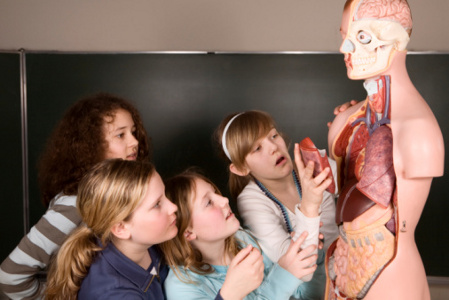
Pulmonary Embolism
Pulmonary embolism is a potentially life-threatening condition caused by a blockage in one or more of the arteries in the lungs. Most often, the blockage develops because of a blood clot in one of the deep veins in the thighs. This is called deep vein thrombosis or DVT. The most common warning signs of a pulmonary embolism include sudden onset shortness of breath that occurs at rest or with activity, sharp, stabbing chest pain that may become worse with deep breathing, coughing, eating, bending or stopping, and a cough that may produce bloody or blood-streaked sputum. The pain associated with a pulmonary embolism increases with exertion and is not relieved with rest. Seek immediate medical attention if you experience any of these symptoms. Photo: Getty Images
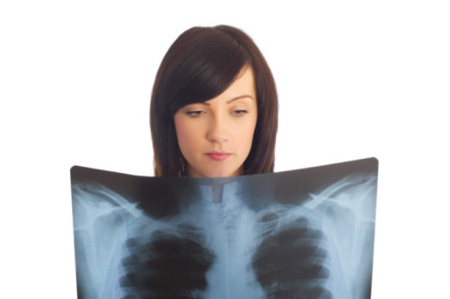
Pneumothorax
The sudden onset of sharp chest pain on one side, not the center of the chest, made worse by a deep breath or cough warns of a pneumothorax. Pneumothorax means a collapsed lung, which can result from a blunt or penetrating chest injury, certain activities such as scuba diving, or without any apparent cause. Air leaks into the space between the lungs and chest wall, pushes on the outside of the lung and causes it to collapse. Shortness of breath, ranging from mild to severe, accompanies the sharp chest pain felt on the same side of the affected lung. Seek immediate medical attention for accurate diagnosis and prompt treatment. Photo: Getty Images
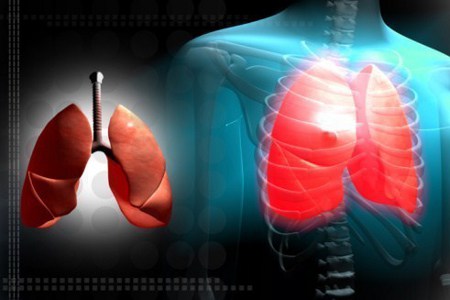
Pleurisy
Sharp chest pain with deep breathing or coughing is the main symptom of pleurisy. Pleurisy is inflammation of the pleura or the double membrane that lines the inside of the chest cavity and surrounds the lungs. Inflammation can be due to a viral infection of the lung, pneumonia, tuberculosis, and asbestos-related disease, just to name a few. The associated pain worsens with deep breathing, coughing and chest movement. Fluid collects within the chest cavity leading to shortness of breath, rapid breathing, cyanosis and coughing. Contact your healthcare provider to determine the underlying cause and receive proper treatment. Photo: Getty Images
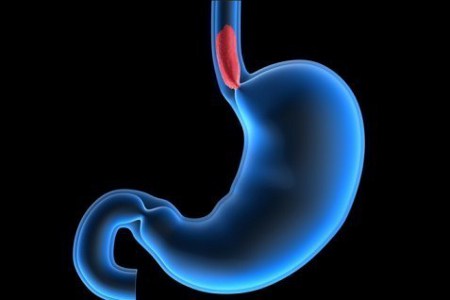
Achalasia
Chest pain that increases after eating and can be felt in the back, neck and arms is one symptom of achalasia, a rare esophageal disorder. With achalasia, the lower esophageal sphincter, which normally relaxes during swallowing, stays closed during swallowing, causing a reflux of food. It is a persistent problem that manifests with difficulty swallowing, regurgitation of undigested bitter food and heartburn. Untreated, achalasia leads to malnutrition and pneumonia. Minimally invasive laparoscopic esophagomyotomy, a surgical procedure known as the Heller Myotomy or botulinium toxin infections are treatment options. Photo: Getty Images
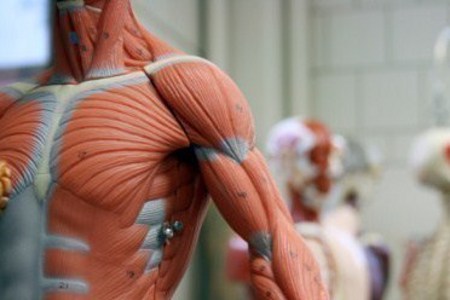
Costochondritis
A commonly experienced cause of non-cardiac chest pain is costochondritis. It is inflammation of the cartilage which connects a rib to the sternum or breastbone. The inflammation causes sharp pain in the costosternal joints. The pain can also be dull and gnawing, felt on either side of the sternum, though more commonly on the left, occurs with deep breathing and coughing and is associated with shortness of breath. Injury, physical strain and coughing and sneezing with an upper respiratory infection may produce costochondritis. Usually, the symptoms are short-lived and resolve without intervention. In more serious cases, NSAIDs, tricyclic antidepressant medications, and muscle relaxants are prescribed to relieve the pain. Photo: Getty Images
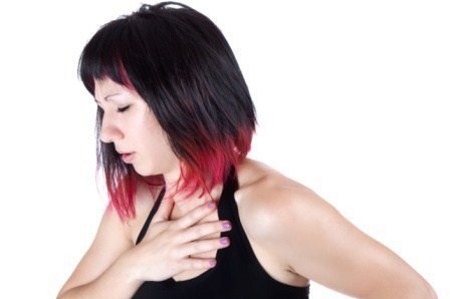
GERD
Chest pain, that feels more like a burning sensation, is a symptom of GERD, gastroesophageal reflux disease. GERD, which is commonly referred to as heartburn, is a chronic digestive disease. The reflux of gastric acid, occasionally bile, from the stomach into the esophagus causes irritation and symptoms. The chest discomfort associated with GERD sometimes spreads to the throat, along with a sour taste in the mouth. It is relieved with antacids and is more likely to worsens at night and increase with eating, lying down or bending. Photo: Getty Images
Add a CommentComments
There are no comments yet. Be the first one and get the conversation started!